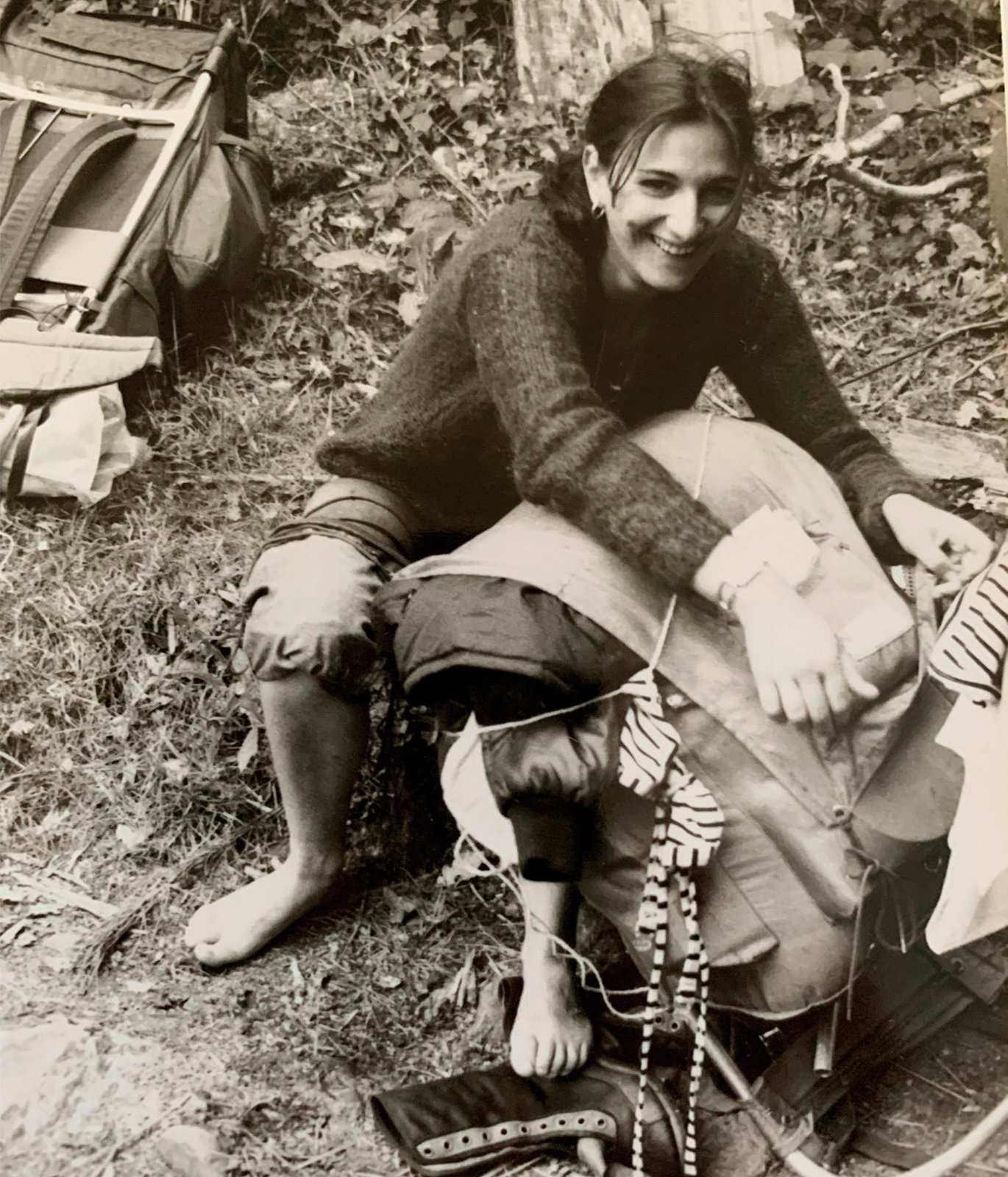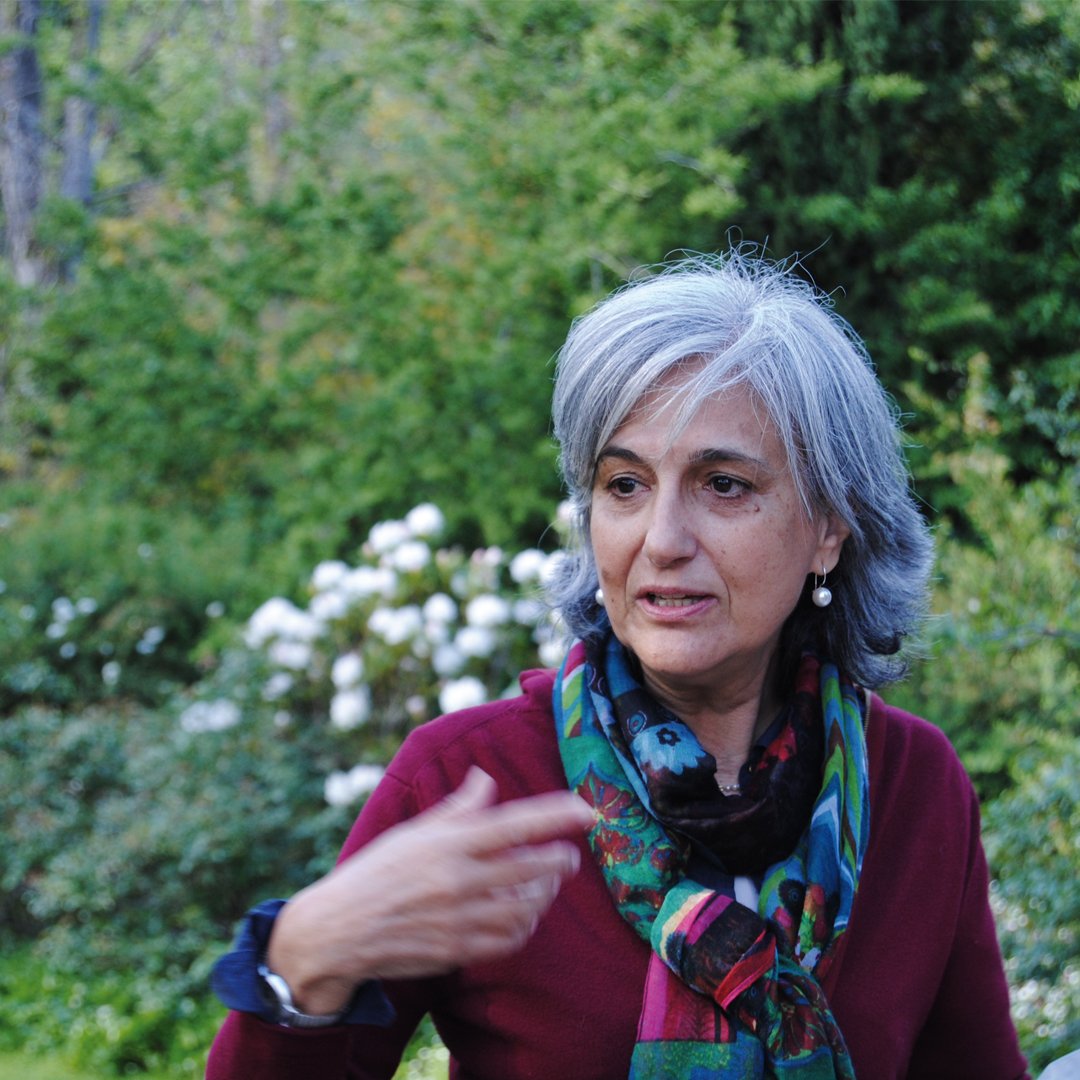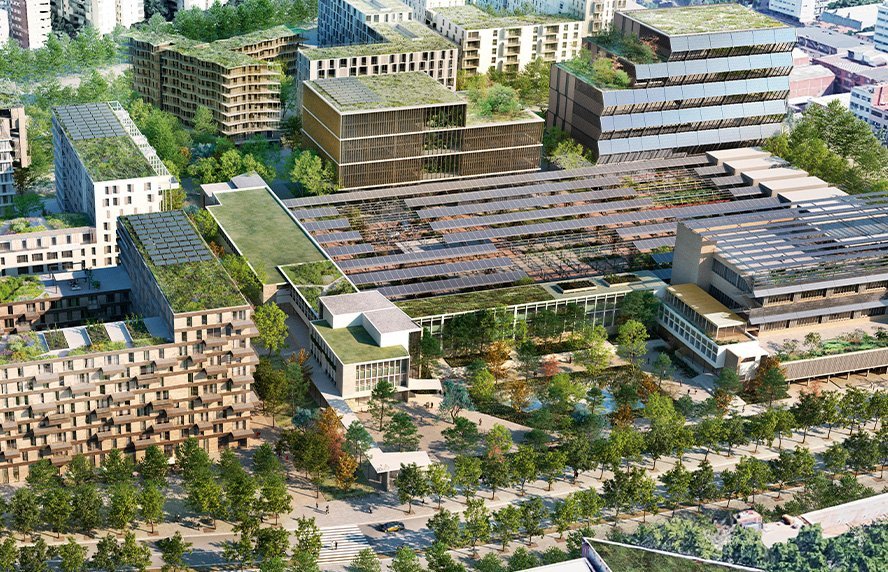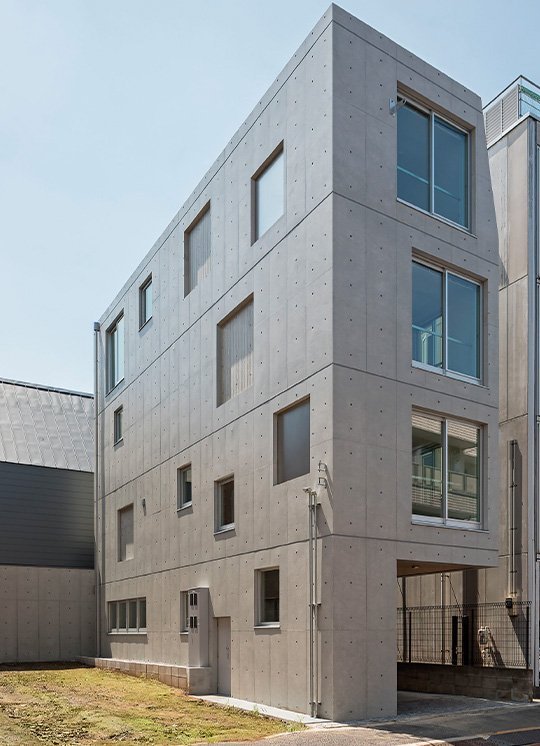The name can also be misleading... People often think that landscape architects are just about gardens, something beautiful...
Well, I’m not a more or less landscape architect. "Landscape” is not a qualifying adjective. Caldeira Cabral always gave us that example. The chimney sweep is the chimney sweep. If I just say sweep, it’s not enough. If I say just chimney, that’s not enough either. So, if I say architect or if I just say landscape, I always lack another dimension, the dimension that, having a systemic vision, having an operative concept of landscape, I now have to know how to design and, based on creation, design the future, anticipate problems, solve the current problems, through the creation of spaces. We are creators of space and places for people and all living beings to inhabit with a quality of life.
And many of these problems, as you said, if they had been seen as urgent a long time ago, today, at least, they would already be well on the way to being resolved....
They have been thought about and discussed for a long time. And they have been written down and studied for many years. Even in the free landscape architecture and agronomy course, in the texts by Ribeiro Telles, Caldeira Cabral, Ilídio de Araújo and many others from another generation, these issues have already been raised. But, in fact, we work a bit like Pinocchio’s cricket, we spend our time against the current and we all know, for example, that the profession of the architect, from the time of the Renaissance, is almost an arm of the government. If you ask which landscape architect, other than Ribeiro Telles, managed to be Minister for Quality of Life, Under-Secretary of State, Councillor at the Lisbon City Council, and managed to implement a series of very interesting measures regarding people’s quality of life, you will only see that name.
Regarding the atmosphere, the climate, we already have many problems. Floods, droughts... Should the attention given to drainage plans today have been done back then? Because now it doesn’t seem to be having an impact....
No, it doesn’t. With regard to Lisbon’s drainage plan, I think we have to think about water cycle management plans. With drainage, we remove excess water. Nowadays, this excess is extremely important. It is in excess at a certain time, but we need it when it is lacking. And so, we should think of other systems that don’t just drain the water and then throw it away. Obviously, the plan, the drainage plan that is taking place in Lisbon, has some attitudes that are being added, but it should have many more. It can’t be limited to this resolution, getting from A to B quickly and getting the water out of there, when we’re going to need a growing amount of water and we’re also going to need more soil. If we continue to waterproof - this is an idea that almost borders on the absurd - if we continue to make it difficult for water to permeate the soil and feed the different aquifers (which will happen), we will increasingly have to build larger tunnel drainage systems. We have to add to this a series of complementary measures: decreasing the impermeability of the soil creates more retention basins, so that the water that flows into these tunnels, into the river and then into the sea, becomes less and less and I can have more water in the ground. It’s so simple, it’s common sense.
Besides these challenges, both old and current and likely to continue to be challenges in the future, would you like to add any more?
There are so many. And one of the biggest is to stop thinking that gardens are stages and that the landscape is a stage, that it is scenery where everything happens. We are constantly seeing the concept of gardens, of boulevards, of parks, being distorted into something that has been replaced by the idea of green space. And anything can happen, such as music festivals, when these structures, regardless of their typology (parks, boulevards and others), could be spaces by their nature, through their matter, through the design they present. They can be very interesting spaces that offer, within the completely artificial environments of cities, that contact with nature that we consider to be fundamental and of which we are a part. In my view, artificiality is on the increase. Obviously, if we do not re-establish this relationship bond that we had with nature and that we have always had, because we are part of it, we belong to this universe, the more we create this dichotomy between urban and rural, the worse it will be. Everything is much more difficult.









